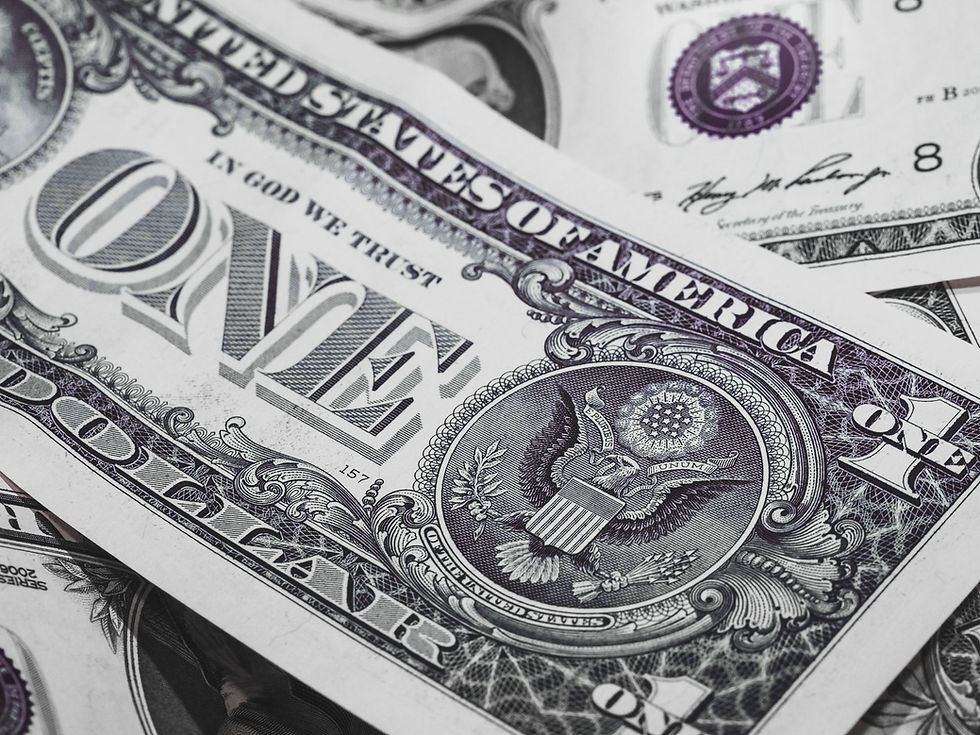Introduction
Airport lounges are often seen as luxurious havens in bustling airports, offering comfortable seating, gourmet food, high-speed Wi-Fi, and a serene environment. While many travelers enjoy these perks for minimal fees, sometimes as low as Rs. 2 or Rs. 25 through their credit or debit cards, it raises a question: how do these lounges remain profitable? The answer lies in a complex web of strategic partnerships, volume-driven economics, efficient management, and diverse revenue streams.
Partnerships with Banks and Credit Card Companies
One of the primary ways lounges stay profitable is through partnerships with banks and credit card companies. These partnerships are mutually beneficial, creating a win-win scenario. Banks and credit card companies use lounge access as an attractive perk to lure new customers and retain existing ones. By offering lounge access for a nominal fee, banks make their credit and debit cards more appealing. In return, lounges receive guaranteed payments from these financial institutions. For instance, even if a customer pays only Rs. 25 for lounge access, the bank or credit card company compensates the lounge at a negotiated rate, ensuring a steady stream of revenue. This guaranteed revenue is crucial for lounges, helping them maintain high service standards and cover operational costs.
Negotiated Rates and Volume
Banks and credit card companies often negotiate discounted rates with lounge operators, leveraging their large customer base to secure favorable terms. For example, while the walk-in fee for a lounge might be Rs. 2000, a negotiated rate with a bank could be Rs. 1500. Although this rate is lower, the high volume of customers directed by the bank ensures steady business for the lounge. This volume-over-value approach benefits both parties. Lounges prefer a reliable influx of guests at a reduced rate rather than sporadic high-paying customers. This consistent flow of visitors helps lounges optimize their resources, maintain full occupancy, and ensure that their facilities are used efficiently. Additionally, bulk deals often come with favorable payment terms, further enhancing the financial stability of lounges.
Interchange Fees and Increased Card Usage
For banks, offering lounge access as a perk is part of a broader strategy to increase card usage. Every time a customer uses their card, the bank earns interchange fees from merchants. These fees, though small per transaction, add up significantly with increased usage. Lounge access encourages customers to use their cards more frequently to take advantage of the perk. This increase in transaction volume leads to higher interchange fee revenues for the bank. Moreover, cardholders are likely to use their cards for other purchases while traveling, such as dining, shopping, and booking services, further boosting the bank's income. This increased spending not only enhances the bank's revenue but also strengthens customer loyalty and engagement.
Customer Loyalty and Retention
Offering lounge access as a perk is a powerful tool for building and maintaining customer loyalty. When customers perceive significant value from their bank or credit card, they are more likely to remain loyal and stick with the same provider. Lounge access is seen as a premium benefit, enhancing the overall customer experience. This loyalty translates into reduced customer churn and increased lifetime value. Moreover, a loyal customer base provides banks with opportunities to cross-sell additional financial products and services. This might include loans, insurance, or investment products, further increasing the bank's revenue streams. Therefore, lounge access as a loyalty perk serves as a strategic investment in customer retention and long-term profitability.
Win-Win Situation for Banks and Lounges
The partnership between banks and lounges creates a win-win situation. For lounges, the benefit lies in the guaranteed revenue from banks and the steady stream of customers who might not have otherwise used their services. This reliable income allows lounges to maintain high standards and cover operational costs, despite offering low entry fees. For banks, providing lounge access as a perk helps attract new customers and retain existing ones, thereby increasing overall card usage. This higher card usage translates to more interchange fees, higher transaction volumes, and greater opportunities for cross-selling financial products. The enhanced customer loyalty and engagement also reduce churn and increase the lifetime value of each customer. Thus, both lounges and banks benefit financially from this mutually supportive relationship.






Comments